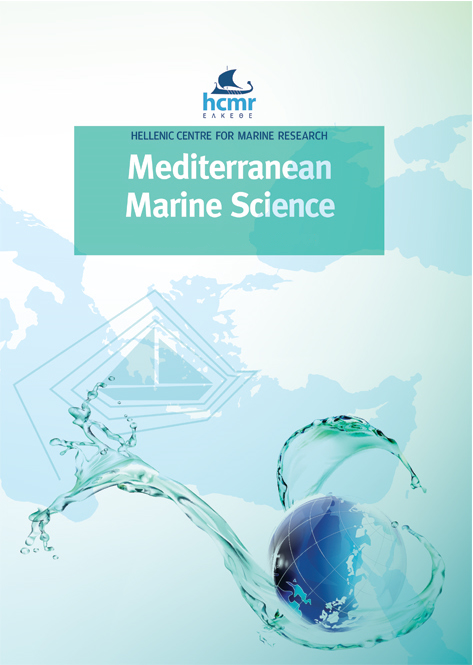Nautical tourism affects common bottlenose dolphin (Tursiops truncatus M.) foraging success in a NATURA 2000 site, North-Eastern Adriatic Sea
Περίληψη
Several studies indicate that unregulated nautical tourism can have negative implications on cetacean behaviour. In recent years, dolphin watching activities (DWA) have increased off the West coast of Istria, Croatia, a region in which the NATURA 2000 site: ‘Akvatorij zapadne Istre’ has been proposed to be designated for bottlenose dolphins (Tursiops truncatus M.). For data collected between 2016 and 2019, we compared dolphin group behaviours from this region during impact (presence of nautical tourism boats (NTBs)) and control (absence of NTBs) scenarios, as well as providing descriptive analysis on the displacement of individuals in the presence of NTBs. Throughout the study years, 48.5 % of NTBs were observed within 15m of the dolphin focal groups and 97 % were observed within 50 m distance. The greatest rates of displacement in dolphin focal groups occurred when NTB numbers were greatest per individual dolphin. Markov chain analysis were used to quantify the short-term effects of NTB presence on dolphin behaviour. In the presence of NTBs, dolphins were more likely to spend time milling and less time foraging. Cumulative behavioural budgets, derived by accounting for the time bottlenose dolphins spent in the presence or absence of NTBs, indicated that vessel exposure levels of 14 % and 25 % were enough to statistically affect milling and foraging behaviours respectively. To lessen the lack of sustainable DWA, the implementation of relevant guidelines, e.g. Global Best Practice Guidance for Responsible Whale and Dolphin Watching (50 m no approach and 300 m caution zone) is therefore crucial to mitigate any long-term consequences the actions of NTBs may have on this key species. To date, 162 bottlenose dolphins have been photo-identified off West coast of Istria and cumulative interference to this population could affect direct ecosystem functioning.
Λεπτομέρειες άρθρου
- Πώς να δημιουργήσετε Αναφορές
-
RIBARIC, D., & CLARKSON, J. (2021). Nautical tourism affects common bottlenose dolphin (Tursiops truncatus M.) foraging success in a NATURA 2000 site, North-Eastern Adriatic Sea. Mediterranean Marine Science, 22(2), 285–296. https://doi.org/10.12681/mms.24475
- Τεύχος
- Τόμ. 22 Αρ. 2 (2021)
- Ενότητα
- Research Article
Authors who publish with this journal agree to the following terms:
- Authors retain copyright and grant the journal right of first publication with the work simultaneously licensed under a Creative Commons Attribution Non-Commercial License that allows others to share the work with an acknowledgement of the work's authorship and initial publication in this journal.
- Authors are able to enter into separate, additional contractual arrangements for the non-exclusive distribution of the journal's published version of the work (e.g. post it to an institutional repository or publish it in a book), with an acknowledgement of its initial publication in this journal.
- Authors are permitted and encouraged to post their work online (preferably in institutional repositories or on their website) prior to and during the submission process, as it can lead to productive exchanges, as well as earlier and greater citation of published work (See The Effect of Open Access).





